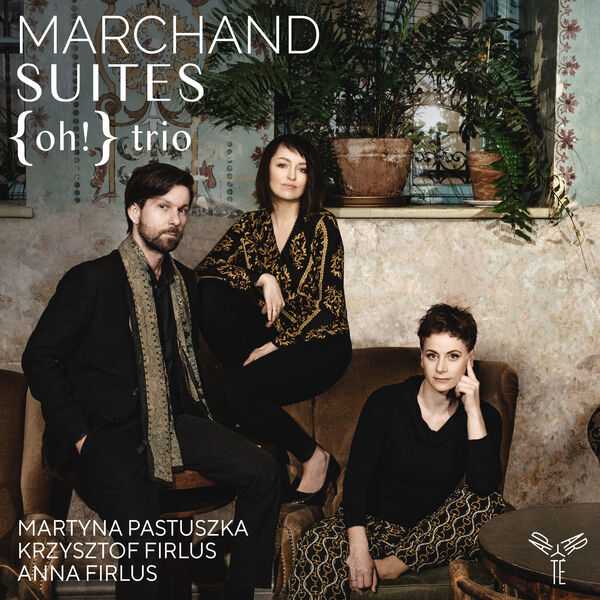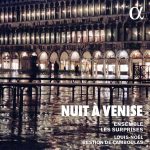

Composer: Joseph Marchand
Performer: {oh!} Trio
Format: FLAC (tracks)
Label: Aparté
Catalogue: AP301
Release: 2023
Size: 3.12 GB
Recovery: +3%
Scan: yes
Marchand: Première Suite in A Major
01. I. Fantaisie
02. II. Sonate I lentement
03. III. Vite
04. IV. Rondeau tendrement
05. V. Vite
06. VI. Air grave
07. VII. Gavotte tendrement
08. VIII. Air gay
Marchand: Deuxième Suite in B major
09. I. Sonate lentement
10. II. Vite. Lentement
11. III. Rondeau gay
12. IV. Vite
13. V. Air louré
14. VI. Air gay
15. VII. Dessein de basse
Marchand: Troisième Suite in C major
16. I. Allemande
17. II. Sarabande
18. III. Rondeau
19. IV. Air lent
20. V. Première et deuxième gavottes
Quatrième Suite in D major
21. I. Sonate
22. II. Fugue
23. III. Adagio
24. IV. Air tendre
25. V. Air gay
26. VI. Air par accords lentement
27. VII. Air vite
Cinquième Suite in E minor
28. I. Sonate
29. II. Fugue
30. III. Air I
31. IV. Air II
32. V. Gigue
33. VI. Air tendre
34. VII. Air gay
35. VIII. Air vite
Sixième Suite in F major
36. I. Sonate
37. II. Fugue
38. III. Air I
39. IV. Air II
40. V. Vivement
41. VI. Allemande
42. VII. Prélude ou dessein de basse
43. VIII. Chaconne
44. IX. Sicilienne
Septième Suite in G minor
45. I. Sonate
46. II. Air tendre
47. III. Rondeau
48. IV. Allemande
49. V. Air grave
50. VI. Rondeau et double
51. VII. Air tendre lentement
52. VIII. Chaconne
In 1707, Joseph Marchand published his seven Suites de pièces mêlée[s] de sonates pour le violon et la basse.
Now completely forgotten, Marchand was one of the king’s musicians under Louis XIV, playing the basse de violon in the prestigious Chapelle Royale, the 24 Violons and the Petits Violons du Roi.
He was renowned as a teacher, and as a musician he was gifted with a very singular playing style. His suites were the first in the repertoire to make use of the perilous double trill.
In some respects, his music bears witness to the Italianisation of musical tastes, but in the sheer abundance of his musical ideas, the beauty of his harmonies, his virtuosity, particularly in the bass parts, and his concern for the balance of forms and voices, Marchand is not so much an epigone as an heir to the art of Marin Marais, Sainte-Colombe or François Couperin.
Playing the violin, the pardessus de viole (the highest-pitched member of the viol family), the positive organ, the viola da gamba or the harpsichord, the {oh!} trio – Martyna Pastuszka and Krzysztof and Anna Firlus – revive here a gem of the early Eighteenth Century, with all its poetry and refinement of expression.



